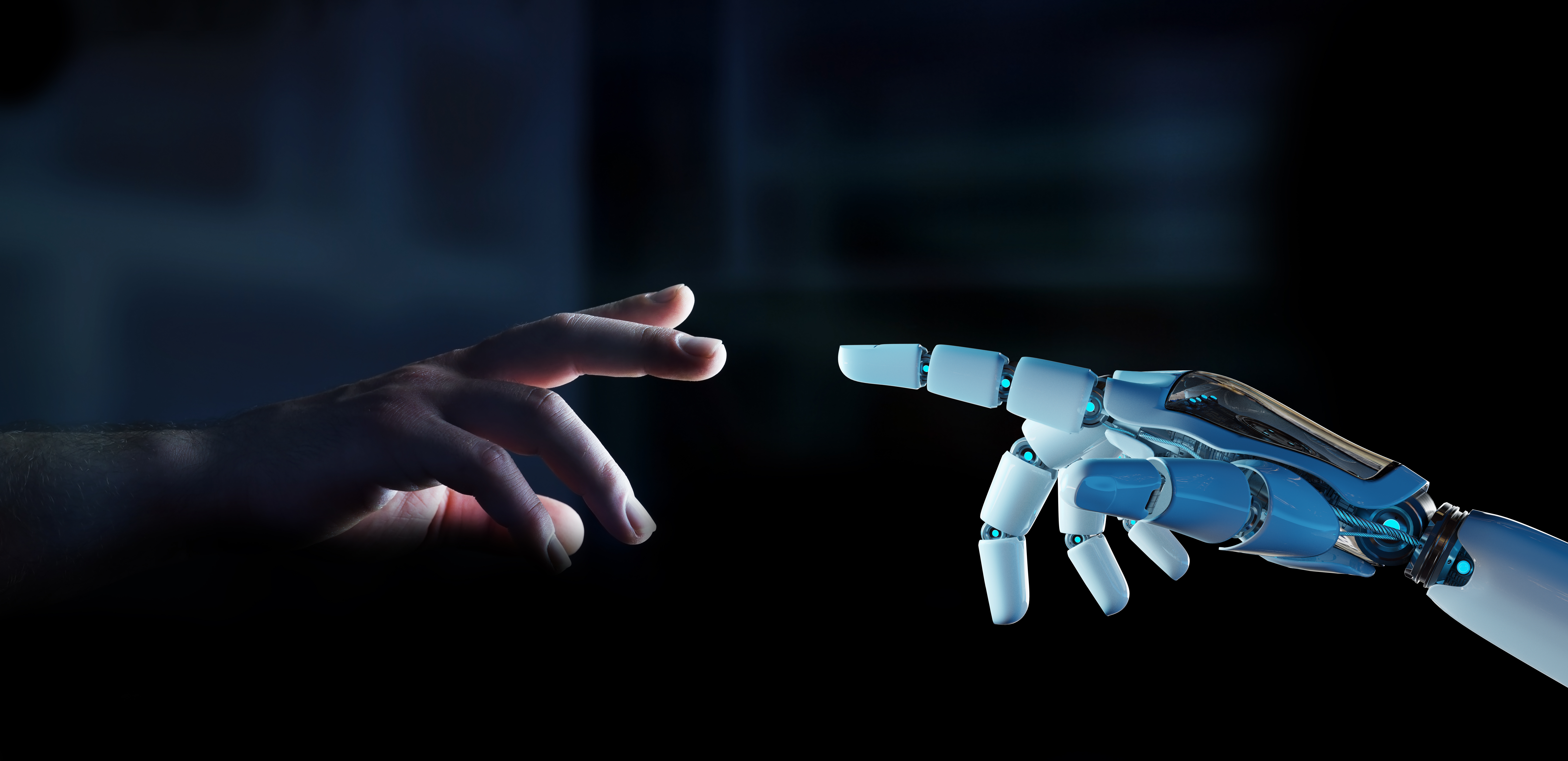When we are thinking of Artificial intelligence (AI), we should be thinking less about ’the Matrix’ and more along the lines of Amazon’s Alexa. AI is something that is already in our day-to-day lives and is no longer a mysterious thing of the past. However, it still feels somewhat paradoxical to be considering the potential that AI could change the landscape and erode away at the need the HR function as we know it. If some are to be believed, the need for Humans in HR could be eradicated. So, with that in mind, what does AI in HR look like in practice?
The benefits
What will attract many to the use of AI is the ability to alleviate teams and managers of repetitive, time-consuming tasks. Consequently, HR and others can appropriately manage workloads, reduce administrative resource requirements, and allocate time to more complex matters. Unilever reported in 2019, that their use of AI had saved approximately 100,000 hours in interviewing time; equating to nearly £1m per year. When we are entering into a period of economic unknown, cost saving benefits such as this, are understandably, very attractive to many organisations.
Chatbots, something that we are all familiar with when we consider the likes of many online retailers, have been successfully introduced by many employers as a time saving exercise. Questions such as, “How many days holiday am I entitled to?” can be answered easily and allows HR to stop having to answer recurring questions, allowing them to refocus on strategic matters. Chatbots for HR can at present be utilized for onboarding, recruitment, employee training FAQs on Company policies, just to name a few.
AI can also contribute to improving diversity in the workplace by not only removing the elements of unconscious bias in areas like recruitment and shortlisting, but also by helping organisations to implement solutions to members of the workforce with a disability, such as real time closed captioning in video conferencing.
The drawbacks
The primary issue with AI in HR is that some organisations may have the misguided belief that this technology can completely replace the HR function. However, these tools are an additional resource to streamline work for the incumbent HR function with the overall aim of enhancing the employment experience. Employers considering introducing such technology must also consider the GDPR implications associated with doing so, as at present, ‘it’s unlawful to take a significant decision solely on an automated basis.’ Therefore, any organization should take caution when implementing these as they will require human oversight.
Those who have already started to consider how AI looks in their HR function will, no doubt, be alive to the issues facing the introduction of AI in their HR processes. Most notably, where the use of previous data is required to train the AI as can result in unintended consequences of ‘encoding the status quo’. Household names such as Facebook and Amazon have already come under scrutiny when they found that the AI systems that they had developed were more likely to hire a man over a woman, because historic bias was ‘built into the system’.
Additionally, when considering the likes of AI Chatboxes, it is important for employers to consider that they would become liable for issues that arise when incorrect or inappropriate information is given.
Conclusion
In time, it will be interesting to see how the implementation of AI becomes more widespread. Whilst we already know that big household names are already choosing to develop and implement AI in day-to-day HR activities, it will be interesting to see if and when this transfers into SME businesses without unlimited resources to fund and develop these. In addition, with an increased number of workers, prioritizing Company culture over other benefits, it is important for organisations not to remove the human from HR.


